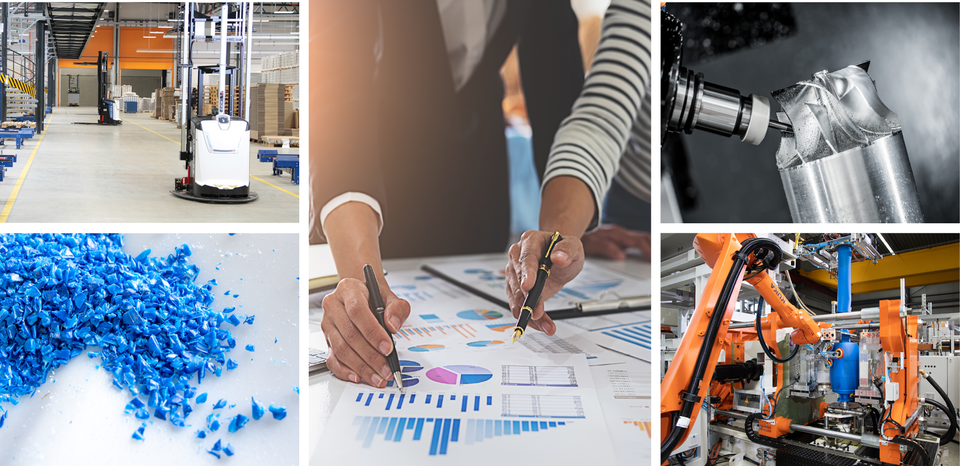- DE
- EN
ESTEM is the Development of a Standardised Procedure for Determining the Greenhouse Gas Emissions Saved by Material Efficiency Measures. The calculation method and the ESTEM tool are used to estimate the climate impact of measures in the area of operational material efficiency. They provide an evaluation standard for the internal comparison of material efficiency measures, the application for funding by companies and consultants as well as for the funding of corresponding projects. The ESTEM final report contains results of the environmental analysis, discussions in workshops with the professional public, information concerning the actual development of methods and particular case studies. The final report is supplemented by the Excel®-based ESTEM tool and an associated guideline.
 ©
VDI ZRE, AdobeStock/MIND AND I, PantherMedia/cookelmar, VDI ZRE, VDI ZRE
©
VDI ZRE, AdobeStock/MIND AND I, PantherMedia/cookelmar, VDI ZRE, VDI ZRECooling lubricants (coolants) are of great importance in metal cutting and forming. They increase the productivity and cost-effectiveness of the processes. In companies in the metalworking industry, water-miscible cooling lubricants are used in around 90 % of machining processes. They consist of a mostly mineral oil-based base oil and an additive package.
 © Kadmy/Fotolia.com
© Kadmy/Fotolia.comThe digital transformation in industrial production offers considerable potential for increasing material and energy efficiency in companies. At the same time, the digitisation technologies used also require resources themselves: materials, including critical raw material, are used in the production of ICT components. Furthermore, the digital transformation can lead to higher energy consumption. The study "Resource efficiency through industry 4.0 - Potentials for SMEs in the manufacturing sector" focuses on this conflict between opportunities and challenges.
 © VDI ZRE
© VDI ZREStationary energy storage systems are a necessary component of a future power supply system with high shares of renewable energies. Used in decentralized industrial applications, they help to increase resource efficiency while minimizing the costs of power supply. Storage solutions for the short to medium-term storage of electrical energy are therefore seen as a contribution to the success of the energy transition being driven forward in Germany.
 © Cybrain/Fotolia.com
© Cybrain/Fotolia.comAdditive processes as a key technology of digitisation are considered to be faster and more cost-effective. Among other things, because less scrap is produced and less waste is generated during manufacturing. Using a specific case study, the study compares the resource consumption of an additive manufacturing process with a conventional manufacturing process.
 © PantherMedia / moreno.soppelsa
© PantherMedia / moreno.soppelsa